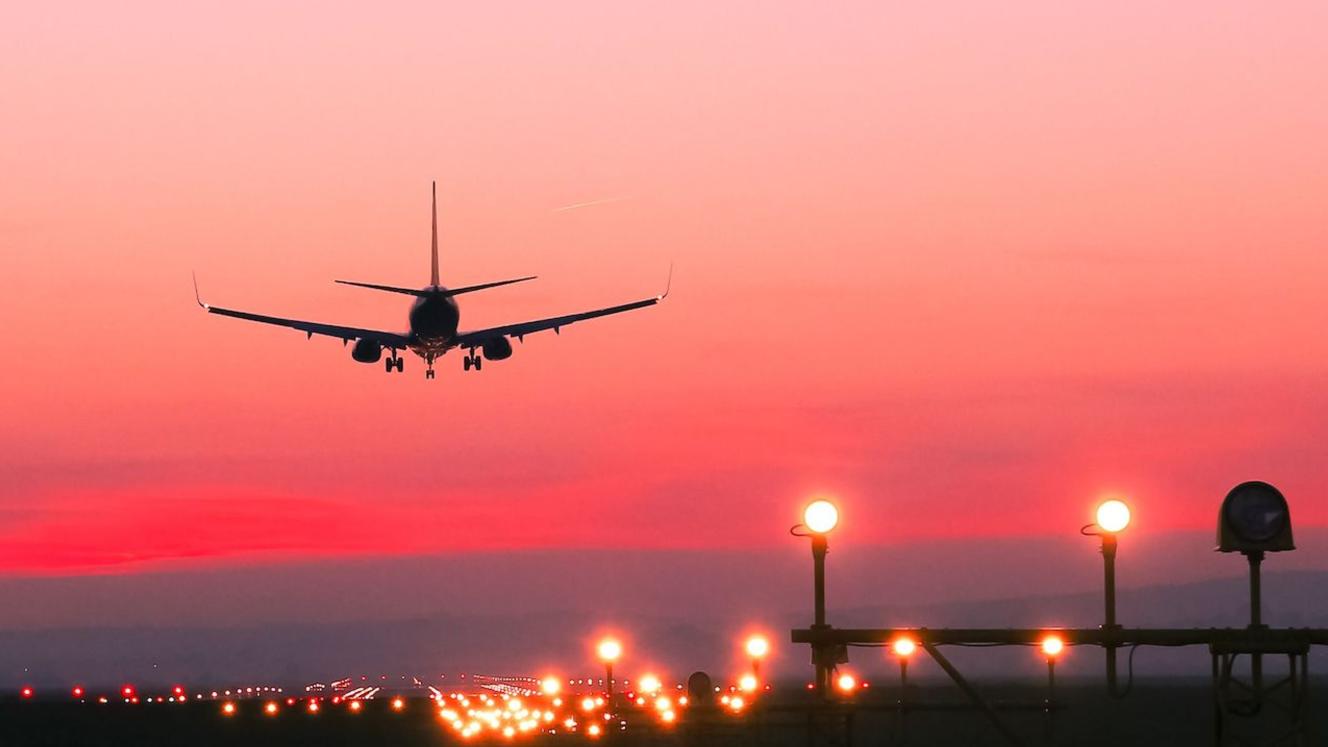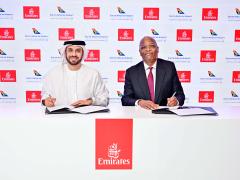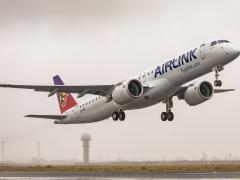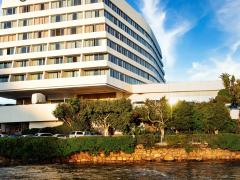The African Union (AU) has outlined a US$30bn (R516,8bn) investment plan to modernise the continent’s aviation infrastructure under the Single African Air Transport Market (SAATM), which could provide key enhancements to the project.
Speaking at the Financing Summit for Africa’s Infrastructure Development in October, Lerato Mataboge, AU Commissioner for Infrastructure and Energy, cited findings from an analysis conducted with the African Civil Aviation Commission, ICAO and the World Bank, which revealed that Africa needed between $25bn and $30bn (R430bn and R516,8bn) over the next decade to close critical aviation infrastructure gaps.
Key funding requirements include $10bn (R172,8bn) for airport and aerodrome infrastructure and $8bn (R137,8bn) for modernising communication, navigation, and meteorological systems. The AU plans to use $10bn (R172,8bn) in public funds to attract another $20bn (R344,5bn) from private investors.
“The Single African Air Transport Market will only succeed if we build the modern, safe, and efficient infrastructure that Africa’s growth demands,” said Mataboge.
Investments improve costs
Aviation consultant Sean Mendis said air traffic and navigation systems on the continent were struggling and proper investment into this could bring down costs and improve safety.
“When you have more RVSM (reduced vertical separation minimum) airspace, when you have larger airspace for aircraft to fly at more optimum levels, when you've got better surveillance systems, and when fuel consumption improves cruising speeds improve – overall that helps. And when these costs come down, that helps generate more demand at lower price points.
“Simply saying we're going to keep working at SAATM is not the solution. You've got to work at everything else and leave it now up to the members who want to implement it to reap the benefits from it. And I think creating the infrastructure to enable them to do that when they want to is important,” said Mendis.
Risks of underutilisation
Airports with advanced infrastructure are at risk of underutilisation if airlines cannot operate as freely between them.
“Africa is littered with a number of infrastructure projects that were built as temples to some politician’s ego and have failed to deliver the projected traffic and revenue. However, without the infrastructure, you would definitely not get the traffic. So sometimes you have to make an educated forecast, knowing that it could be wrong. You've just got to make sure it's not as badly wrong as it could be,” said Mendis.
Future of SAATM
Improved infrastructure projects could benefit members of SAATM, however Mendis believes the chances of more countries joining SAATM are less likely. “The countries which say that they're still not ready, 30-something years after the Yamoussoukro Decision was first mooted, are not going to be.”
Even those that are SAATM members, do not embrace the principles of it due to lack of understanding, according to Mendis.
“I think a big reason why countries have not joined SAATM, even those who have signed up to it, is people don't understand what they're signing up to. The biggest aspect is the open skies and traffic rights but SAATM also has other aspects which people are not aware of, such as competition regulations, which some countries are in violation of,” said Mendis.













